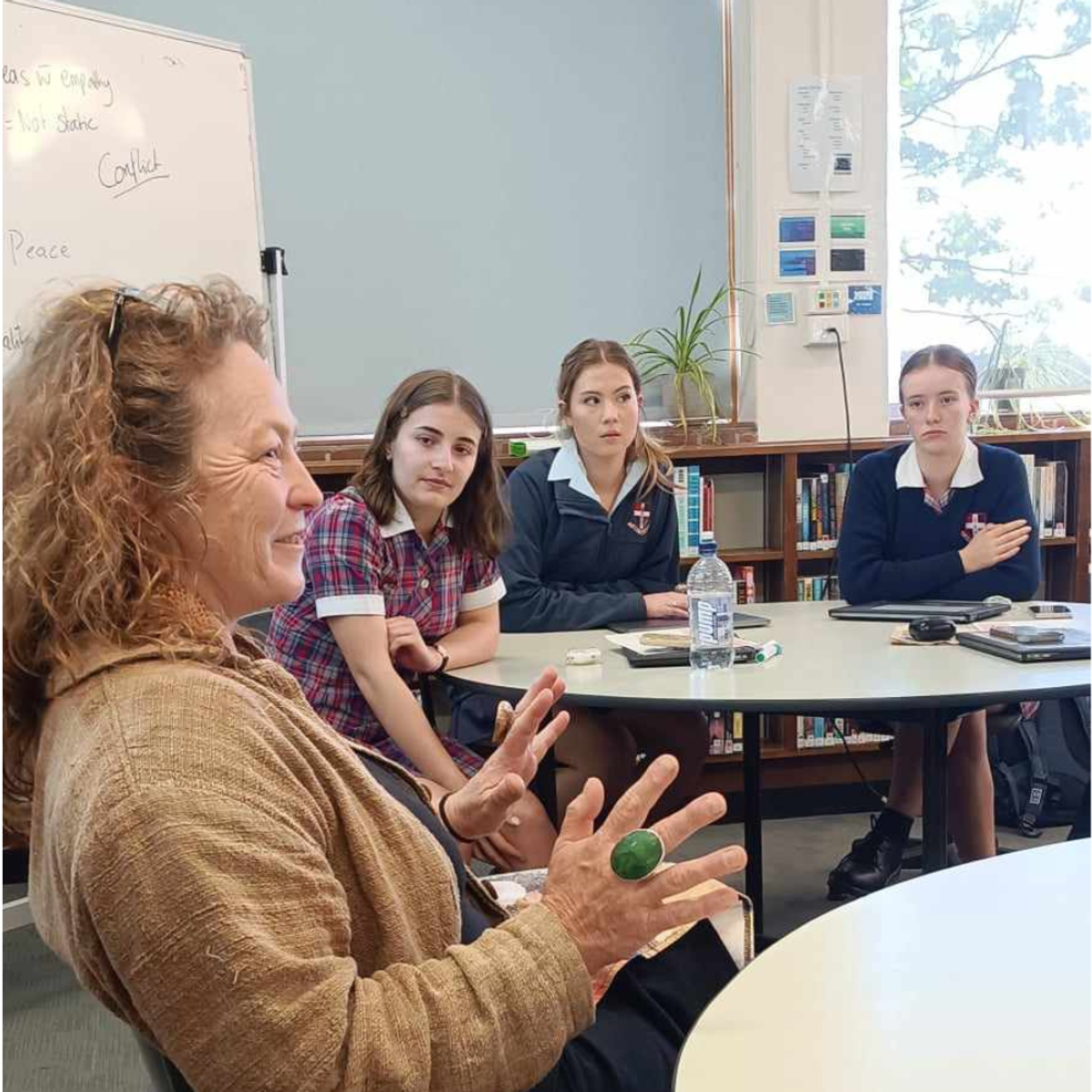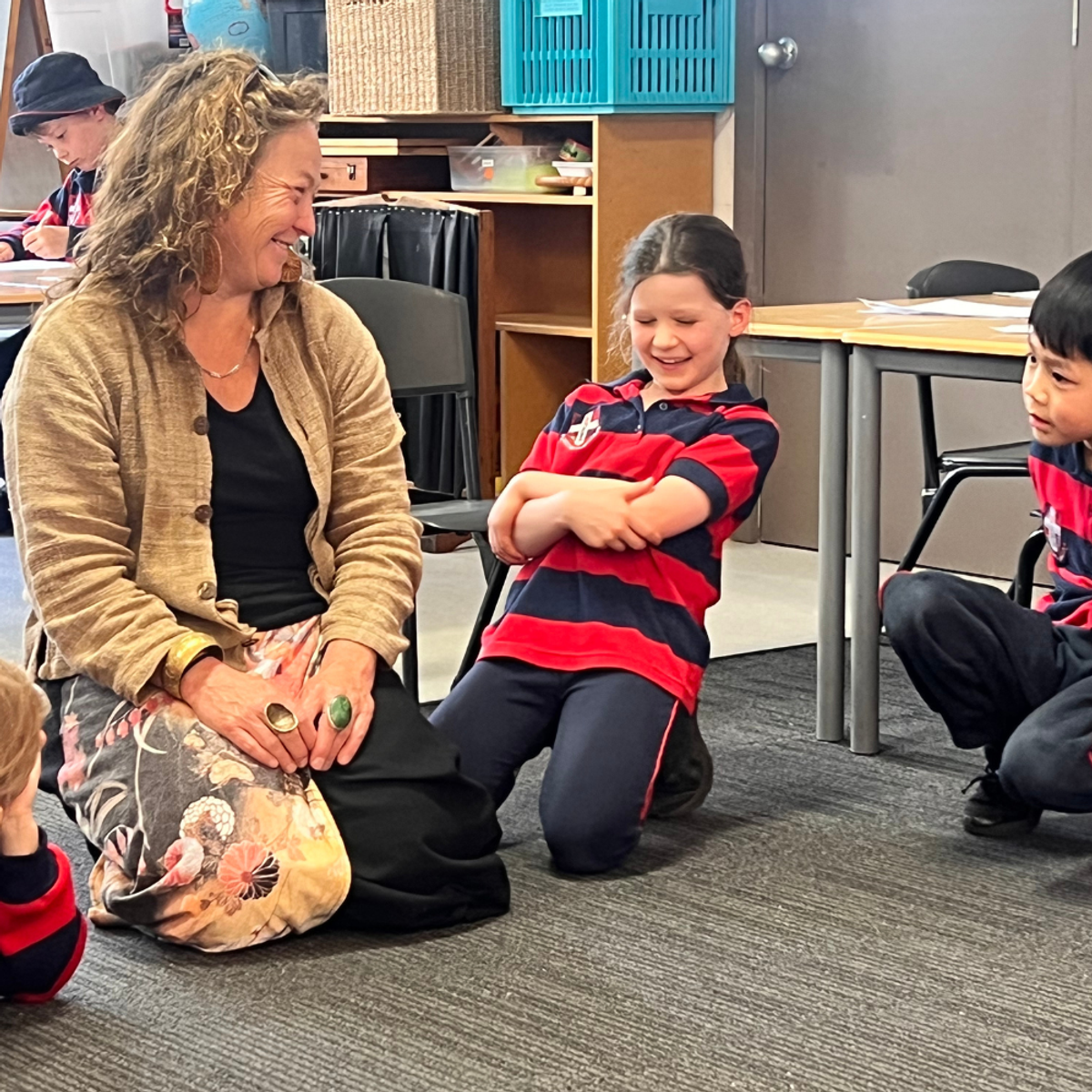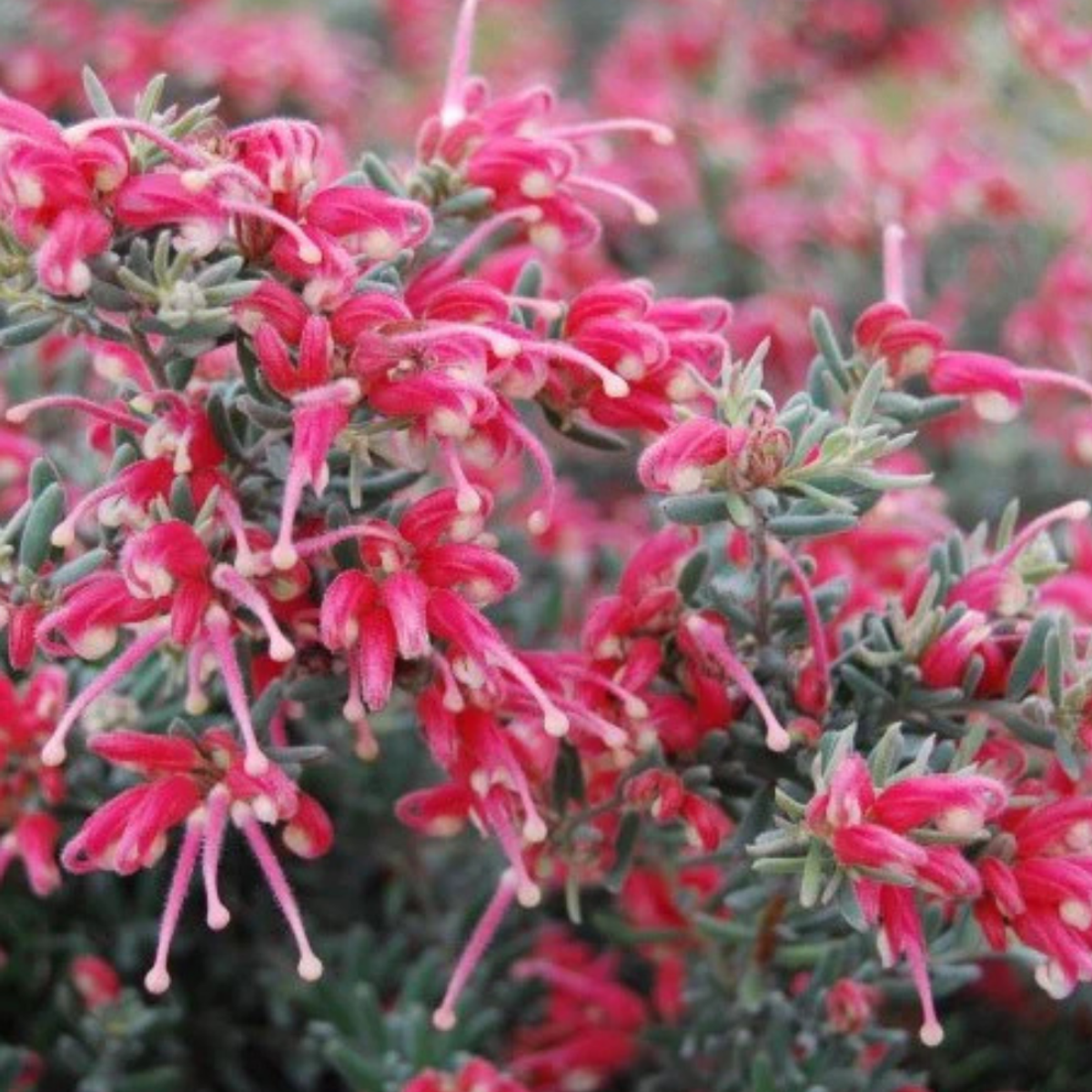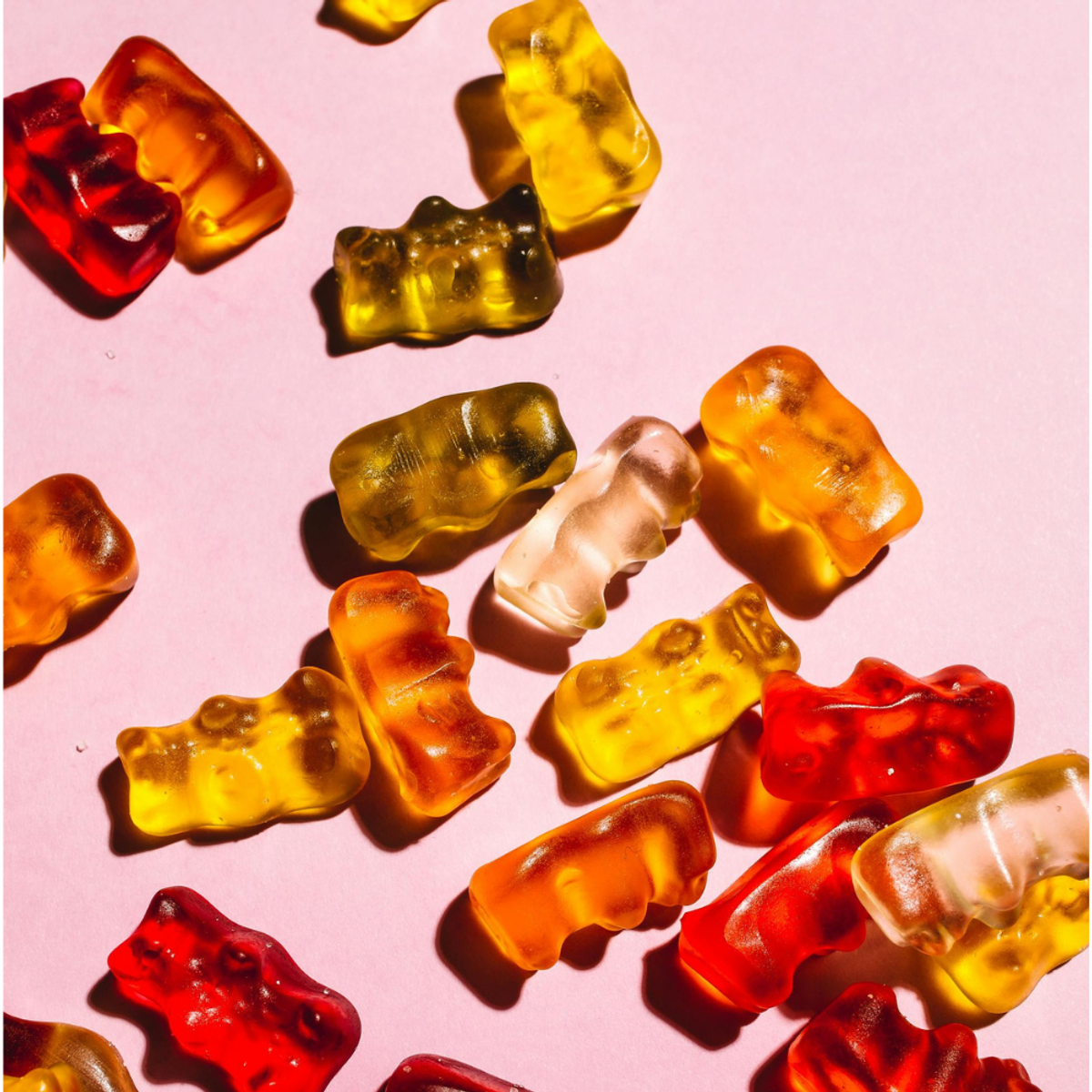Quaker Values in Action
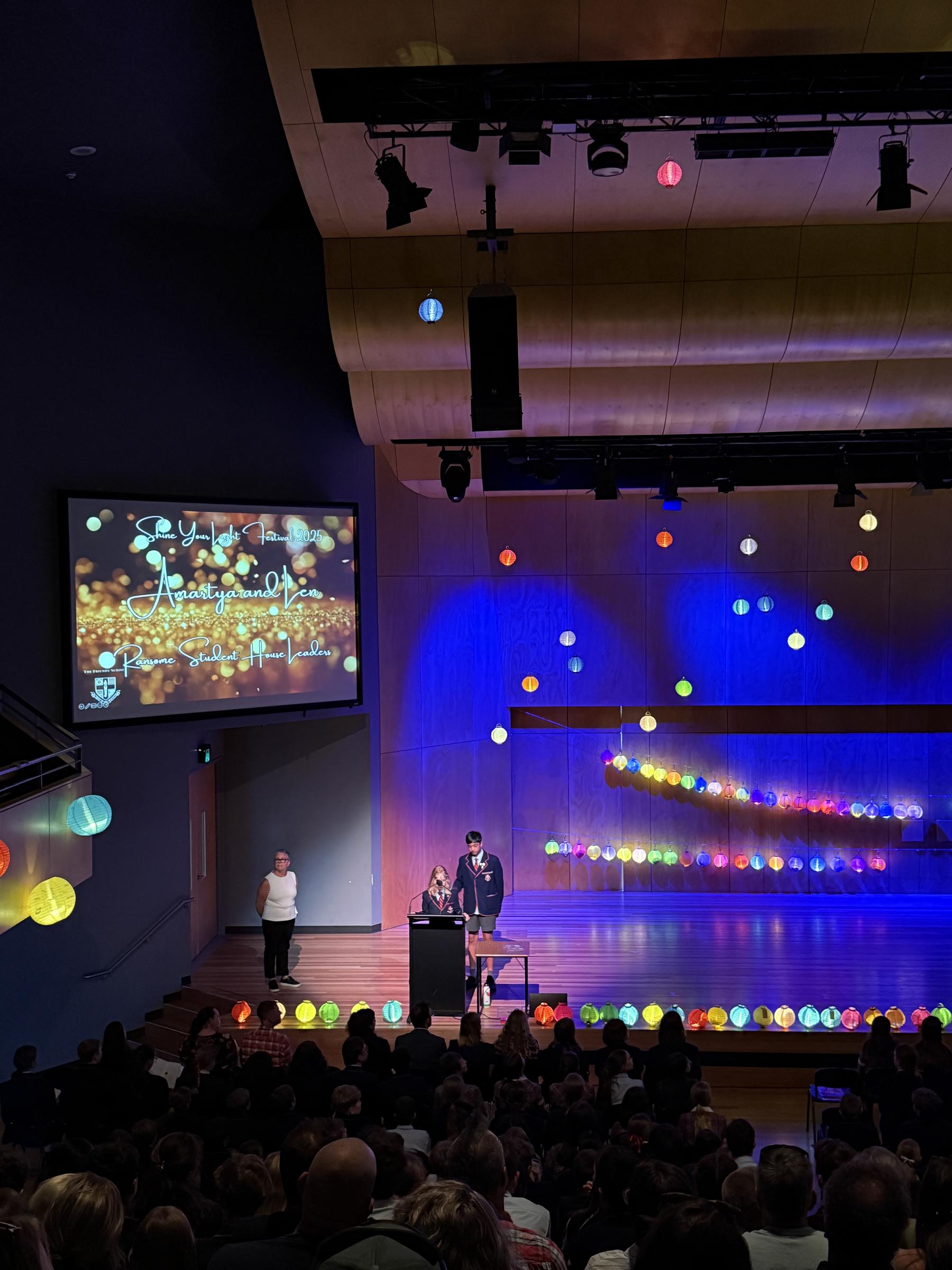
Shine Your Light and Diversity
The inaugural Shine Your Light Festival on 6 February 2025 was an awesome and inspiring opportunity for Middle School students, their families, and staff to celebrate the beginning of the school year and the way Quakers value the light inside every individual. But the festival also celebrated another important Quaker value: community.
Not just community, but diversity within a community. The Shine Your Light festival took place in the same week that lantern festivals were being held all over Asia, to celebrate the lunar new year.
Lantern festivals are thought to have begun in China during the Han Dynasty (206 BCE to 220 CE). Often originally commemorating the death of a much loved member of the community, lantern festivals later became for Buddhists occasions of optimism and new beginnings. Hope for the future, and inspiring possibilities were signified by using heat to float lanterns into the air, or onto the surface of a body of water.
The arrival of spring after the long winter in China and Japan was a cause for celebration, and that inspired lantern festivals in warmer places like Thailand, Vietnam and even Hawai’i too, where the change in seasons is not as extreme.
So the Middle School’s Shine Your Light festival connected us not just with the light in one another, but with the light in other faith communities around the world, and therefore celebrating the Quaker values of community and diversity at the same time.
Mark Macleod
Quaker Advisor | The Friends' School
Jessica Morrison - visiting Quaker in Residence
As part of my role as a Quaker Peaceworker, I was grateful to spend a week as a Quaker in residence at The Friends’ School. I was able to see how students are active and critical learners throughout the school, and how teachers are supported to explore a range of innovative ideas and teaching practices as they learn alongside students. It was an enormous privilege to share in the gentle practice of silence with learners from 3 years old through to the final Year 12 Gathering, and many in between.
Peace has always been a core testimony of Quakers – as the words of the original 1660 declaration hanging in the school proclaim: We utterly deny all outward wars and strife and fightings with outward weapons, for any end, or under any pretence whatsoever.
The restorative practices within the school and the deep value of respectful communication are in clear resonance with this value of peace. In addition to these ‘peaceable’ practices, Quakers also seek to resist any practices that normalise violence.
During my week, it was humbling to hear historical stories of how members of the school community have wrestled with this challenge in times of war. I heard how in the aftermath of the devastating two world wars, alumni wanted to recognise their friends for whom the war had cost them greatly – whether as conscientious objectors, as medics, or as combatants – so the honor board lists them all - recognising they “followed where their sense of duty led them”. I heard from former students who during the Vietnam war sought to express within the school their fullest opposition to both the war and the policy of conscription, when this view was in a minority in the school.
Wars are unfortunately not only a thing of the past. I was able to hear from many in the school community who feel a deep sense of grief and outrage about the current violence.
With the Middle School Assembly I was able to share some of the experiences of the Quaker schools in the Middle East. I shared recent words from the Principal of a school in this region that “School is our act of defiance against the war and the hope for a more peaceful, tolerant and happier future”.
With Year 8 students engaging in their quest projects, we talked about whether world peace might be possible, as well as drivers of current international and local conflicts. I explored peace theory with an IB Theory of Knowledge class – with students recognising that peace needs to include not only an absence of violence, but an opportunity for all to live the good life, and processes for conflict to be approached in ways that hold the needs of all.
I shared the ‘two hands of nonviolence’ (a model developed by Barbara Deming who also went to a Quaker school) with both primary and secondary students – this model holds that peace-building requires us to both say yes to that of god in all people, as well as say no to patterns of violence of oppression.
There seem many possible opportunities to continue to deepen expressions of the value of peace throughout the school. I mused with some staff about how we can provide alternative models to the goodie/baddie dualism presented in many action stories; how to protect students from advertising from the arms industry; how to notice and resist models of everyday violence in our communities; how to equip students with skills in nonviolent communication and conflict resolution; and ways to support students to make the positive changes they seek for our global community.
I’m looking forward to learning alongside the school community how we can continue to rise in peace through the current challenges.
Jessica Morrison
Peaceworker
Peace Babies
Do you know that one of Australia’s favourite sweets - Jelly Babies - were once known as Peace Babies?
Sweets: A History of Temptation tells us that in 1864 a sweet manufacturer who worked in Lancashire was asked to make a mould for jelly bears. They came out looking more like humans, so they were named ‘Unclaimed Babies’. You might have seen in movies or read in books about babies being left on doorsteps or in churches during the 19th century by people who had no food or money to look after them.
After some years the popularity of these sweets declined (maybe it was the name). But in 1918, to celebrate the end of World War 1, they were relaunched with a new name: ‘Peace Babies’.
They disappeared during World War 2, but were launched yet again in 1953 as Jelly Babies. Since then they’ve undergone some changes - notably being made with fruit juice flavours and natural colouring from 1989.
In the UK, Jelly Babies are lightly dusted with cornflour to stop them sticking together, but in Australia they’re not.
Your family might even have Jelly Babies growing in the garden. There’s a native groundcover Grevillea lavandulacea x alpina, known as ‘Jelly Baby’.
(Good idea to avoid eating it, though!)
Mark Macleod
Quaker Advisor | The Friends' School

